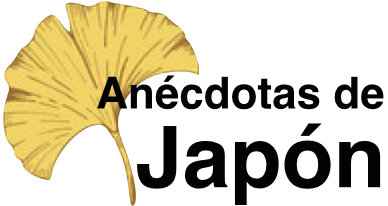Tokyo has a reputation of being a modern city, perhaps sometimes a bit odd and its people very dedicated to their jobs. These three aspects came together to create what is the capsule hotel phenomena! The city’s business men, working until late and then going out to izakaya (small Japanese pub-like restaurants) with friends, sometimes don’t manage to catch the last train. With nighttime taxis in Tokyo being quite expensive, they were then stranded for the night, without a way to get home. Capsule hotels emerged as a cheap way to spend the night in situations like these and have since become quite popular all over the country and can be found in most Japanese cities.
The term “capsule” is pretty descriptive, the beds are stacked one on top of the other in a pod-like fashion, creating long rows of capsule lookalikes. Some have doors, others only curtains, but none have a key to lock yourself up properly; Japanese law requires capsule hotels to make sure pods are easy to open and accessible in the case of emergency. However, mixed-gender capsule hotels have separate rooms or floors for men and women and there are lockers to store valuables.
The little rooms sometimes have a TV, a control panel for the temperature and lights, outlets and when you arrive they may even give you a clean set of Japanese style pyjamas. Bathrooms are shared. Prices vary, but are almost always under 5000 yen a night.
They’re not meant to be long-term accommodation options, some of them even require guests to check-out and in again every day if they want to stay more than one night, but it’s definitely a uniquely Japanese option for the more adventurous!
[/spb_text_block] [spb_text_block pb_margin_bottom=”no” pb_border_bottom=”no” width=”3/4″ el_position=”first last”]OUR TOP PICKS
[/spb_text_block] [spb_text_block pb_margin_bottom=”no” pb_border_bottom=”no” width=”3/4″ el_position=”first last”]Rustic spaceship (Tokyo):
[/spb_text_block] [spb_text_block pb_margin_bottom=”no” pb_border_bottom=”no” width=”1/3″ el_position=”first”]


Futuristic (available in many locations):
[/spb_text_block] [spb_text_block pb_margin_bottom=”no” pb_border_bottom=”no” width=”1/3″ el_position=”first”]


Yellow Submarine (Tokyo):
[/spb_text_block] [spb_text_block pb_margin_bottom=”no” pb_border_bottom=”no” width=”1/2″ el_position=”first”]

